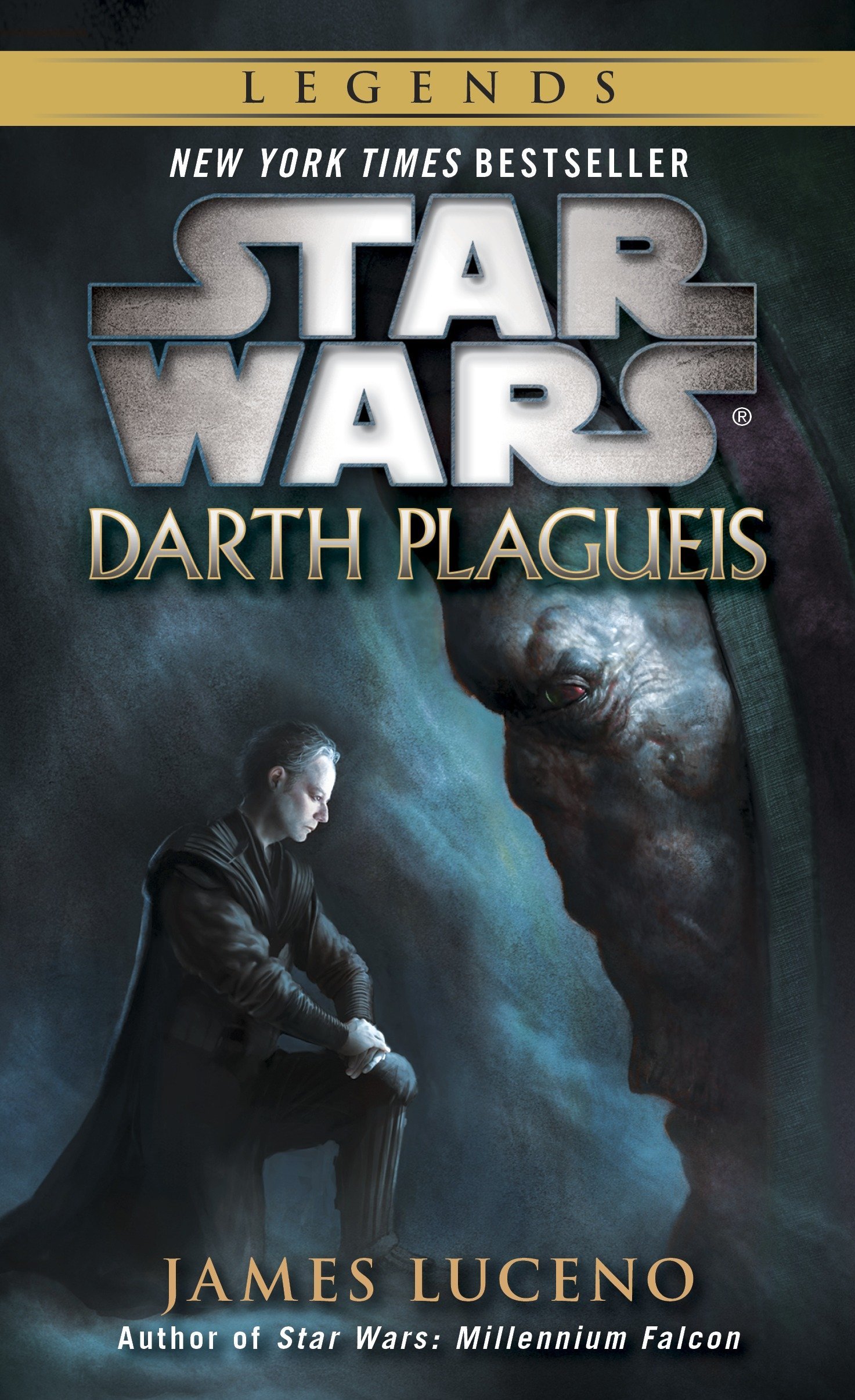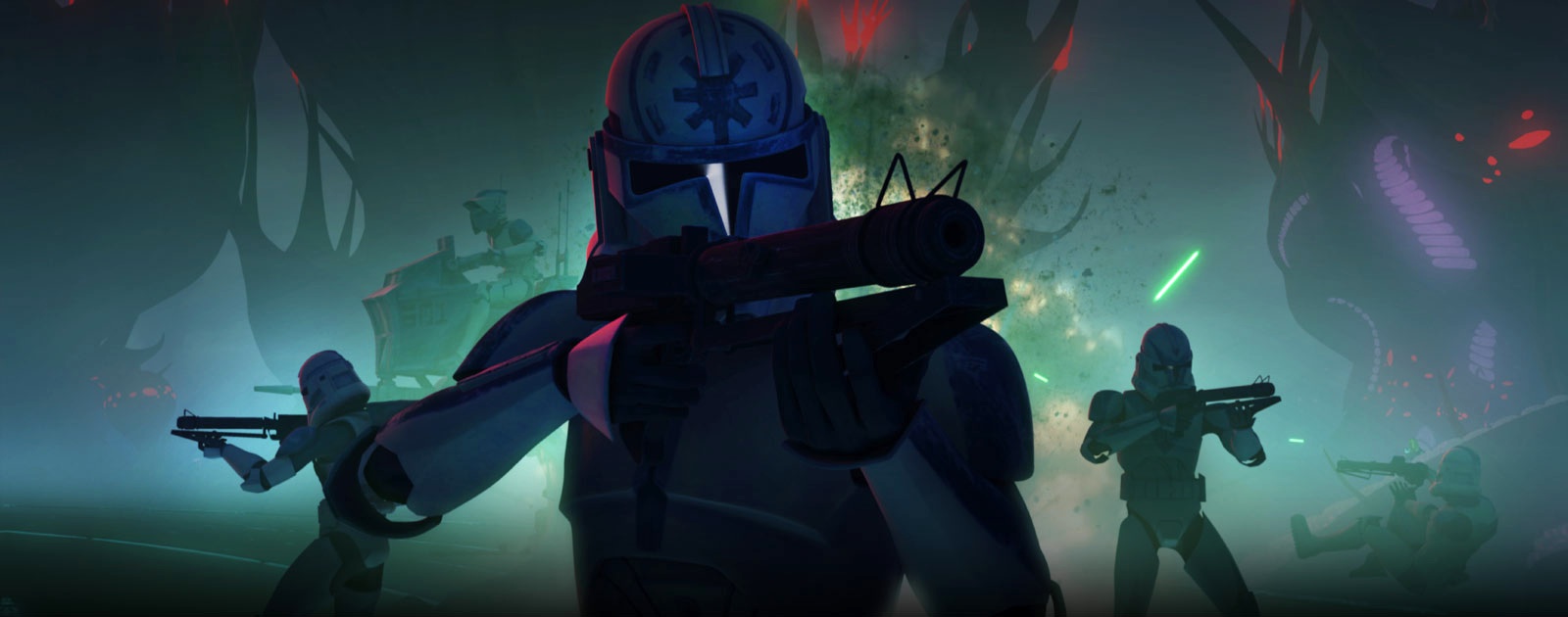Just in time for the final season of Game of Thrones to polarize dedicated viewers, another contentious pillar of entertainment, one that provoked the biggest fandom in the world to almost completely turn against itself, turns 20 years old: Star Wars: The Phantom Menace.
Though heavily criticized, The Phantom Menace, and George Lucas’ prequel trilogy as a whole, has been reexamined and somewhat embraced in the years since release. There are memes that celebrate the highly dramatic dialogue, direct references in tentpoles like Solo, and the kids who grew up with the prequels as their main Star Wars movies have spoken up to defend them.
But what arguably vindicated the prequel trilogy was the spin-off culture. The animated series, books, comics, and everything else tying into the expanded canon made good on the promises delivered in those seven hours of CG-filled adventure. The Phantom Menace, and later Attack of the Clones, introduced a political conspiracy that spanned every corner of the Star Wars universe, a corrupt government meshing with a somewhat clueless Jedi Order. Abiding to reasonable runtimes, the movies don’t go that deep with the Jedi’s request for a clone army or interesting characters like Darth Maul, Mace Windu, and Count Dooku, who all meet an early demise. But the genius of Lucas’ plans — anticipated or accidental — is that the movies sparked creativity in other creators.
In 2014, shortly after the acquisition of Lucasfilm, Disney rebranded most “Expanded Universe” media as “Legends” content, with only a handful of stories and lore from outside of the movies surviving the purge. Still, both departed and surviving EU enhance the prequels.
One notable book that didn’t survive the new post-Disney canon is James Luceno’s Darth Plagueis, which took one of the most important yet unknown figures of the prequels and gave us a complete story that fills plenty of the blanks. The novel dealt with the Sith lord Darth Plagueis, hinted in Revenge of the Sith to be Darth Sidious’ master, and a being who could manipulate midichlorians to create life. The novel tells the story of Plagueis’ training of a teenage Palpatine, his arc to become a politician, and how the duo planned the creation of a clone army, and with that the Clone Wars itself.
Though the novel is no longer canon, the idea that Palpatine and his master planned everything about the Clone Wars in order to gain power has been explored in other comics and novels, like Luceno’s own Tarkin from 2014. Palpatine in the movies was meant to be this mastermind who was ten steps ahead of everyone, but we didn’t really see him do that much until Revenge of the Sith. Likewise, we are told vague statements about corruption and the “bureaucrats” in charge of the Senate, but in books we finally started to see how much the senator from Naboo changed the course of history in the galaxy. Tarkin illustrated the damaged political system, and how easy it was for Palpatine to manipulate it to his favor, something that fleshed out the hooded figure formerly known just as “The Emperor” into a cunning man everyone underestimated until it was too late.
The expanded canon also shines a new light on the Jedi Order better than the movies ever could. We knew from the original trilogy that the Jedi had all but disappeared; the prequels showed them to be a naïve and strict organization that was unable to prevent its downfall.
The novels Master & Apprentice by Claudia Gray and the audiobook Dooku: Jedi Lost by Cavan Scott focus on why some Jedi in the galaxy became disillusioned by the Order, and its close ties to the Republic. Master & Apprentice follows Qui-Gon Jinn as he welcomes Obi-Wan Kenobi as his apprentice, fleshing out some themes from the movies like slavery in the galaxy and the Jedi Order’s role in galactic politics. The novel shows that Qui-Gon was constantly questioning whether the Jedi were more than the chancellor’s police force and the nature of “balance” in the force.
The Phantom Menace introduced the idea of Jedi as something akin to the United Nations’ Peacekeeping Forces, unable to intervene without full authority from the Republic, and expected to always be neutral. But how are they supposed to protect the light side of the force, which lives inside all living creatures, if they can’t intervene in wars or end slavery? The current EU books confront the contradictions that pushed away members like Count Dooku and, eventually, Anakin.
When it comes to the comic books, the recent anthology run Age of Republic shines new light on the characters we know from the prequels. The Qui-Gon issue expands on the story from Master & Apprentice where the Jedi master was becoming obsessed with prophecies and finding true balance in the force, which he thinks the Jedi Order can’t achieve if they stay so rigid.
There’s also Obi-Wan and Anakin written by Charles Soule, which explores the relationship between Obi-Wan and Anakin and the 10 years between Episodes I and II, carving out the brotherly bond that formed between the two Jedi. The Darth Maul mini-series focuses on Maul’s insatiable hunger for the killing of Jedi, and his frustration over being forbid to engage in combat before the events of The Phantom Menace, something that further sends him to the dark side of the Force even if he wonders about what the light has to offer.
Then there’s The Clone Wars, one of the few bits of media that wasn’t de-canonized before The Force Awakens was released. What made the animated series special from the get-go is that it seemed like everyone involved knew that viewers were pretty negative about most of the characters in the prequels, so they took it to heart to flesh them out and give them enough depth to make us love them just as much as Luke, Leia and Han.
From the first season, The Clone Wars showed us the impact the conflict had on the entire Star Wars universe. We meet kids who were orphaned by the war, how the criminal underworld thrived in a war setting, and the hesitation by most planetary populations to join the war effort — which kicked off rebellions in some regions. While the series was primarily aimed at kids, there was some dark and mature material at display that showed the horrors of war and the human cost of it.

One of the best parts of the series was getting to know the faceless clone army that was introduced in the movies. We first meet Domino Squad in training, then follow them through their trials and tribulations in the field of battle. The Umbara arc best exemplifies what made The Clone Wars so good. The four-episode story follows the Domino Squad and the larger 501st Legion as they embark on a deadly mission to take the capital of Umbara, and watches as tension rises between the clones and their new and reckless commander, Jedi Pong Krell. Gritty and frank about the casualties of war, the series still found room to give the clones personalities, despite all looking the same.
The animated series also did a better job tying up loose ends. Remember that deleted scene from Revenge of the Sith where Padmé basically founds the Rebel Alliance? The Clone Wars shows that there was resistance in several worlds that opposed the war, and what the Republic was doing. This included the introduction of Saw Gerrera, who would play a key part in the live-action Rogue One. There was also the re-introduction of Darth Maul, who came back to life in the series, with much more than three lines of dialogue.
When it came to filling in the gaps from the prequels, The Clone Wars also gave fans their first canonical look at the infamous Sifo-Dyas in the episode “The Lost One” which dealt with the conspiracy surrounding the creation of the clone army. In that same last season, the series showed how the Emperor was able to control the clones with Order 66, giving us a backstory to the devastating order.
In the end, for many fans, The Clone Wars succeeded where the prequels did not by making the audience care about the journey of Anakin Skywalker. The arrogant and bratty Jedi was made more dimensional, and his story became that of a man caught between the Light and Dark Sides of the Force. We witnessed his constant struggles with the dark side, his fear of loss and his anger and resentment towards the world, his pressures of being a Jedi and how it all made him the perfect target for Palpatine’s manipulation. The series provided a deeper and more complex look at the character and made his turn towards Darth Vader logical, and much more impactful.
The Phantom Menace is 20 years old, but the prequel era feels fresher than ever. The gripes mounted over two decades have been challenged, inverted, and matured by the ever-expanding EU. Fear over the prequels leads to anger, anger leads to hate, and hate leads to suffering — but most of that could be alleviated by picking up the right book.
